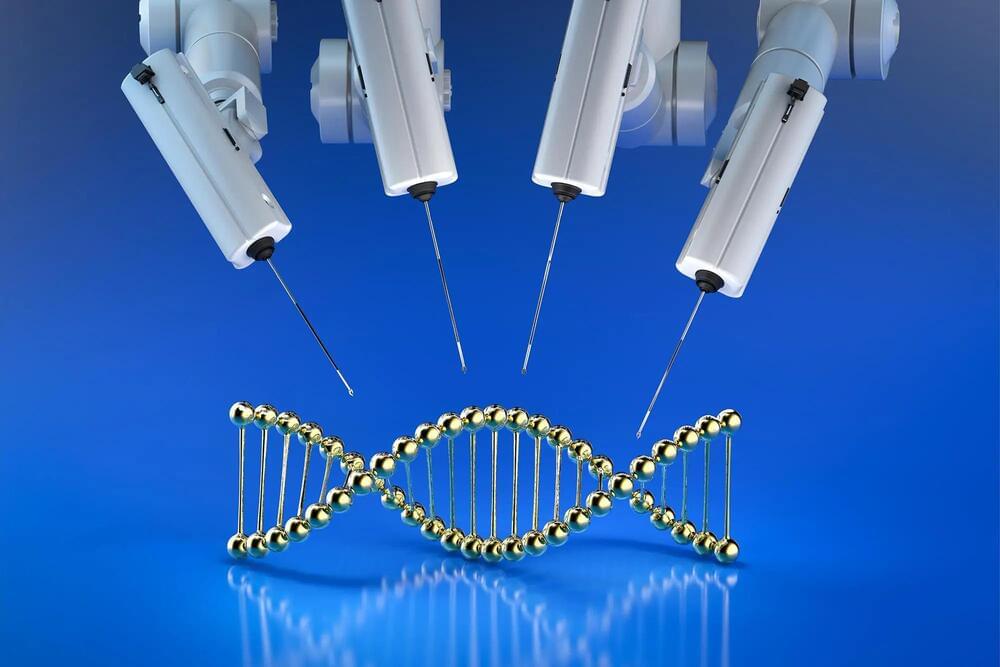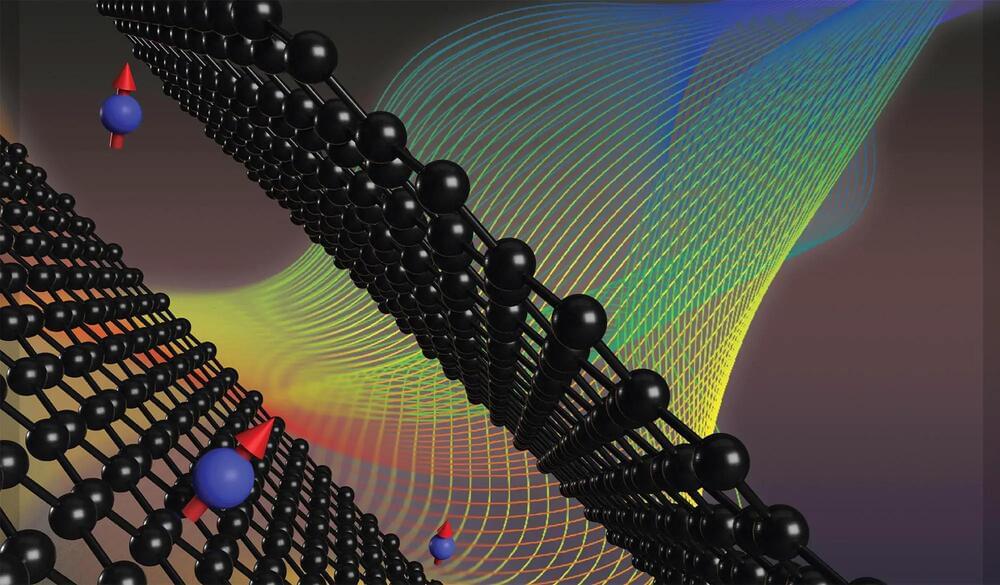Most companies still view AI rather narrowly, as a tool that alleviates the costs and inefficiencies of repetitive human labor and increasing organizations’ capacity to produce, process, and analyze piles and piles of data. But when paired with “soft” inquiry-related skills it can help people ask better questions and be more innovative.
There are two distinct, yet related, paths to do this. 1) Use the technology to change the cadence and patterns of their questions: AI increases question velocity, question variety, and question novelty. 2) Use AI to transform the conditions and settings where people work so that questions that spark change — what we call “catalytic” questions — can emerge. This pushes leaders out of their comfort zones and into the position of being intellectually wrong, emotionally uncomfortable, and behaviorally quiet and more reflective, all of which, it turns out, promotes innovative thinking and action.
Page-utils class= article-utils—vertical hide-for-print data-js-target= page-utils data-id= tag: blogs.harvardbusiness.org, 2007/03/31:999.356809 data-title= AI Can Help You Ask Better Questions — and Solve Bigger Problems data-url=/2023/05/ai-can-help-you-ask-better-questions-and-solve-bigger-problems data-topic= Technology and analytics data-authors= Hal Gregersen; Nicola Morini Bianzino data-content-type= Digital Article data-content-image=/resources/images/article_assets/2023/05/May23_26_887787366-383x215.jpg data-summary=




